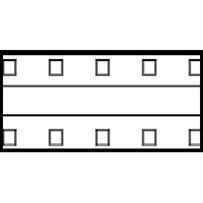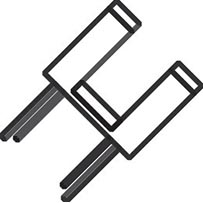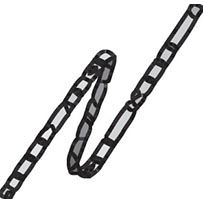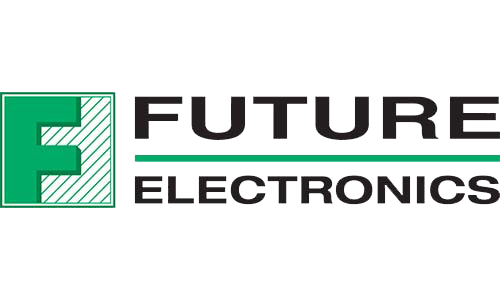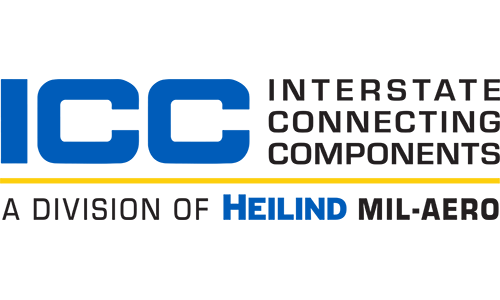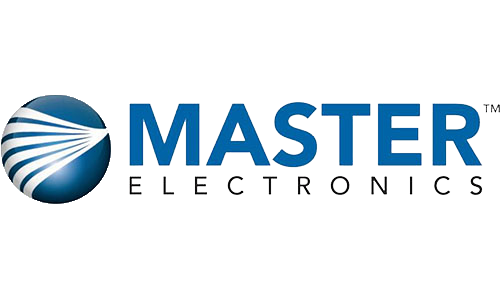Aircraft LED Lighting Trends
Explore current trends in aircraft lighting and the technologies needed for success applications.
Current Trends in Aircraft Lighting
Carriers are using innovative technologies to delight customers and gain a competitive advantage.
Introduction
The airline industry is fiercely competitive, tightly regulated, and operates on razor thin margins. Carriers need every possible tool to control costs, meet requirements, and deliver a passenger experience that encourages loyalty. Aircraft lighting can deliver on all of those needs, and companies are paying attention. Indeed, the global aircraft lighting market is projected to soar from its current value of $712.8 million to $1,341.7 million by 2029, at a CAGR of 9.46%. Carriers are busy investing in aircraft lighting, both during initial assembly and in retrofits, particularly on aircraft used for long-haul routes. Here, we review current trends in aircraft lighting and the technologies needed for success.
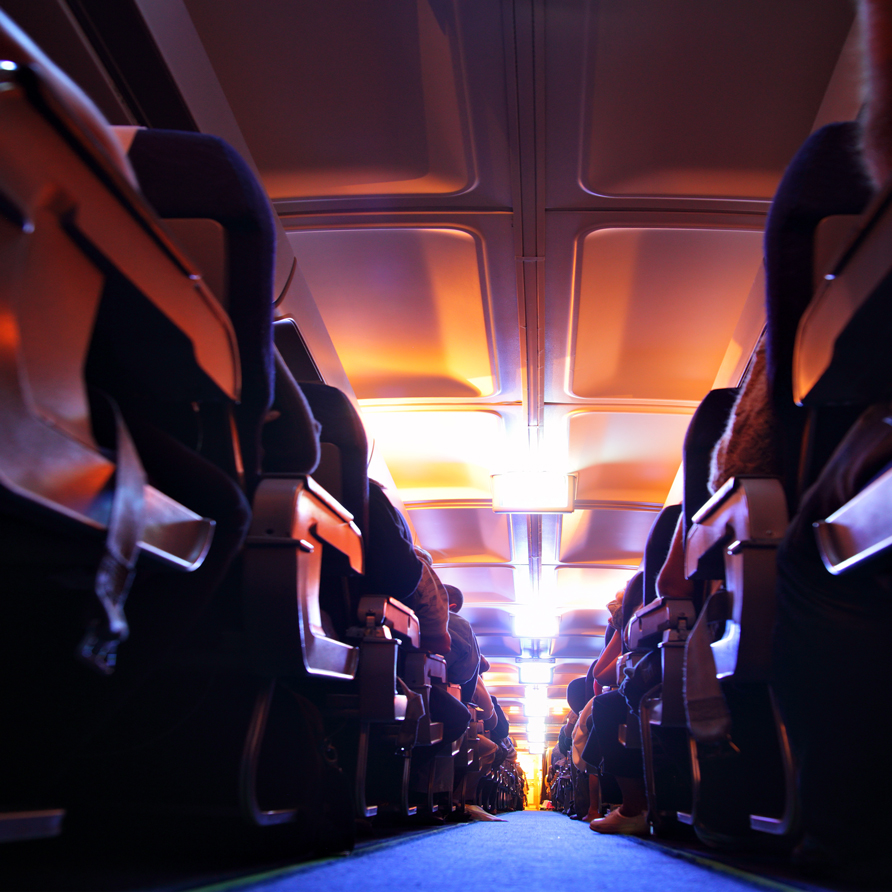
Trend #1: Increasing use of LEDs
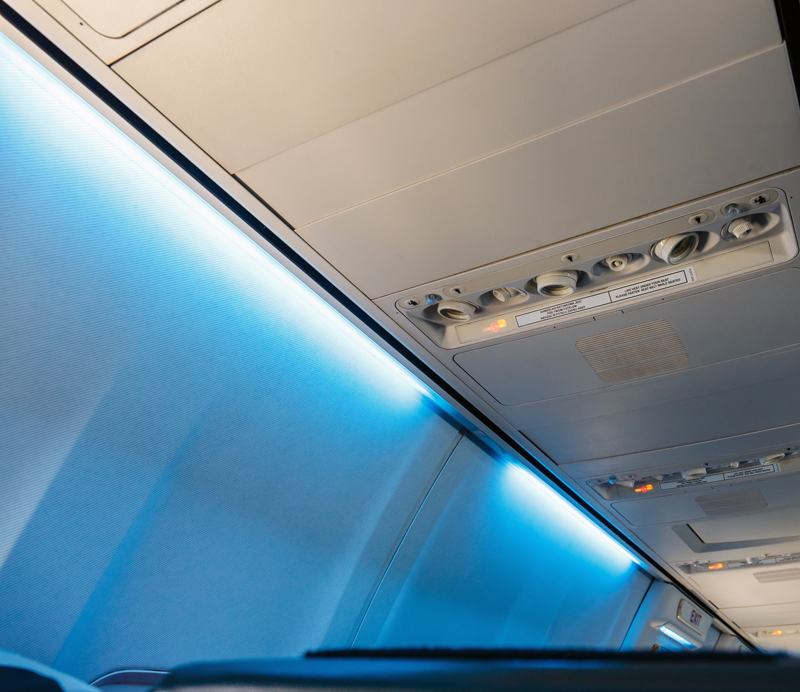
LEDs have been capturing market share across all lighting applications, but they’re particularly well-suited to aircraft applications. The technology offers a number of advantages that address aviation pain points:
- Adjustable brightness and color: Being able to choose and modify color lets airlines easily create a distinctive passenger experience. Color enhances cabin appearance and enables carriers to match their business brand palette.
- Flexible linear form factors: Flexible LED lights can be used to craft stunning accent lighting effects, as well as task-based illumination in galleys and lavatories.
- Efficiency: Fuel represents one of the biggest fixed costs for airlines. With their ultra-low power consumption and minimal weight, LED modules make it possible for airlines to maximize range and minimize operating expenditures.
- Reliability: Aircraft lighting modules perform essential tasks ranging from flight operations and emergency signaling to supporting the passenger experience. Reliability is essential, both for function and for safety, but the benefits go beyond that. According to the International Air Transport Association (IATA), the 2020 cost of maintenance, repair, and overhaul (MRO) across global commercial fleets was approximately $50.3 billion – despite the fact that about 31% of aircraft were parked in storage. This represents about 10% of overall airline operating budgets. With a 50,000 hour lifetime, compared to 9000 hours for fluorescent bulbs and 1000 hours for incandescents, LEDs can substantially reduce the cost of lighting maintenance.
- Robustness: Air travel exposes devices to shock and vibration. As solid-state devices, LEDs are built to survive mechanical punishment.
- Compact form factor: Every cubic inch on an aircraft is precious, so the smaller the device, the better. LEDs, particularly the miniature versions, minimize space claim.
Challenges
LEDs bring important benefits to aircraft lighting but as every engineer knows, there is no perfect solution. LEDs are cool to the touch while operating but generate a significant amount of heat on the backside. Especially for LEDs that are in enclosed spaces, heat can build up, reducing output and lifetime, and causing wavelength drift. As a result, any design needs a thermal management strategy.
Once again, balance is key – any kind of active cooling increases power consumption; fans also add audible noise, which can negatively impact passenger comfort. Passive cooling is a better choice, but the module location needs to provide space for heat dissipation. The most appropriate thermal management solution will vary from application to application.
Trend #2: Mood lighting for an impressive passenger experience
In today’s competitive market, moving travelers from point A to point B is no longer enough. To outdo competitors, carriers need to delight passengers with a memorable experience that will keep them coming back. Increasingly, aesthetic lighting is part of that strategy. With the ability to generate shades across the visible spectrum, LED lighting systems provide flexible, cost-effective tools to create any colorscape a designer can imagine.
Studies have documented the ability of color to affect mood and anxiety levels, and even fine tune circadian rhythms. With LED lighting systems, carriers are increasingly using color to enhance the passenger journey from the moment the person steps on board. Software controlled, networked LED lighting modules make it possible to switch color palettes for different phases of the flight: calming cool tones for boarding, warmer lighting for mealtimes, soothing shades for the in-flight hours.
Because LED output levels vary as a function of drive current, an RGBW LED module can be programmed to span a broad color gamut. This makes it possible to create increasingly sophisticated effects. In some cases, cabin lighting at the end of an overnight flight mimics the color progression of a sunrise, helping passengers reset their circadian rhythms. In other cases, systems create the look of the northern lights on the ceiling of the cabin.
Wash lighting – colored light projected along neutral walls to “wash” them with color – is being used to great effect to create sophisticated, welcoming environments. Colors can be varied between cabins, giving each area its own feel. These types of systems are currently being used primarily in premium seating classes and long-haul flights, but they are starting to see uptake in domestic and even regional jets. At a time when carriers are trying to attract customers while minimizing costs, upgrading the lighting scheme – for example adding a cool blue glow to the cabin ceiling – can give a more upscale feeling to economy travel. As aircraft change hands, color lighting also provides an opportunity for carriers to apply their branding to the new assets without major investments in seats or carpeting.
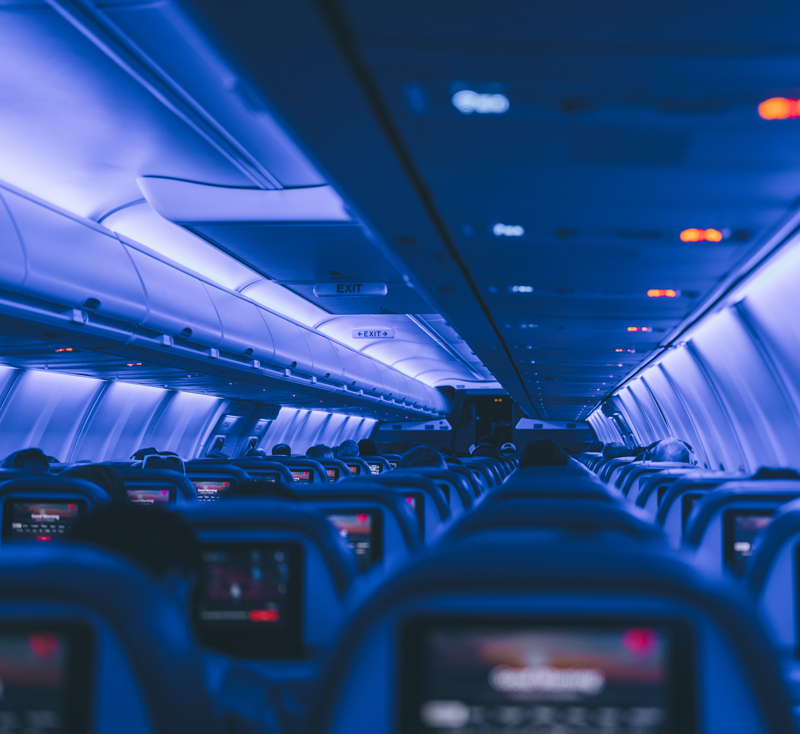
Challenges
LEDs have certain characteristics that OEMs, designers, and users should bear in mind. Unlike lasers, LEDs are wideband sources, so color may vary across a batch. Manufacturers typically test and bin LEDs to group together similar colors, but it’s not a tightly controlled process. As a result, a replacement lighting segment purchased at a later time may not entirely match the color palette of the initial install.
LED output color drifts over the lifetime of the device. The process can be unpredictable, so segments in an installation may lose their color coordination. Similarly, LED output levels drop over the lifetime of the devices. Again, this may not occur consistently across all devices in an installation or even devices within the same module. It’s important to use controllers that can compensate for these changes.
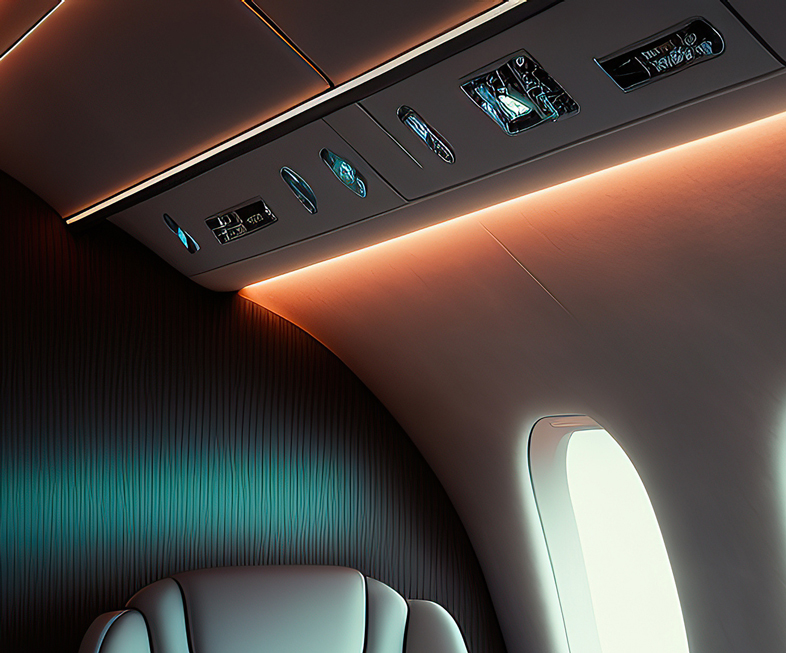
Trend #3: Flexible LED strips
Flexible LED strips, sometimes called rope lighting, are strips of LEDs encased in silicone. Delivering vivid and programmable color by using RGB+IC LED in a flexible linear package, they provide the perfect solution for striking cabin accent lighting like under-counter and under-seat effects, as well as iconic logo illumination. Flexible LED strips offer more than just aesthetics. They also provide an alternative for aircraft emergency floor lighting.
Perhaps just as important as the applications, flexible LED strips are practical. They are robust, easy to install, and available in a range of lengths. Depending on the device, the silicone cladding can act as both diffuser and environmental barrier, providing ingress protection to enhance lifetime.
Trend #4: Mini and Micro LEDs
Mini LEDs (a few hundred micrometers on a side) and micro LEDs (a few tens of micrometers on a side) are poised to remake the LEDs market and in the process, bring new opportunities and capabilities to aircraft lighting. When used in LCD displays, the small dimensions of mini LEDs enable high-density backlighting arrays, increasing the number of dimming zones to significantly boost contrast. Increasing contrast brings value to the passenger cabin, where ambient light frequently degrades the viewing experience. Micro LEDs are small enough to form the actual pixels of an active emission display, à la OLED panels. Like OLEDs, they deliver ultrahigh contrast with true blacks, but they also offer significant advantages in the form of higher brightness and longer lifetime.
In the automotive market, headlights with tens of thousands of independently addressable micro LEDs deliver high output structured lighting. It’s an approach that could eventually spin out to the aviation sector. Micro LEDs could even be used to develop flexible LED strips not much thicker than a thread, opening up the possibilities of flexible fabric displays and even more innovative designs.
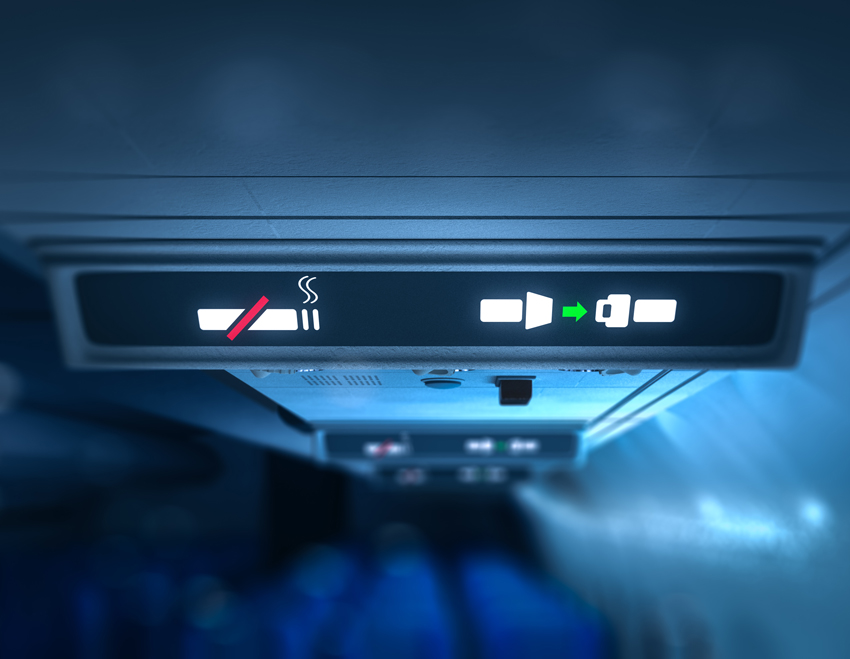
Trend #5: Subcontracting LED module assembly
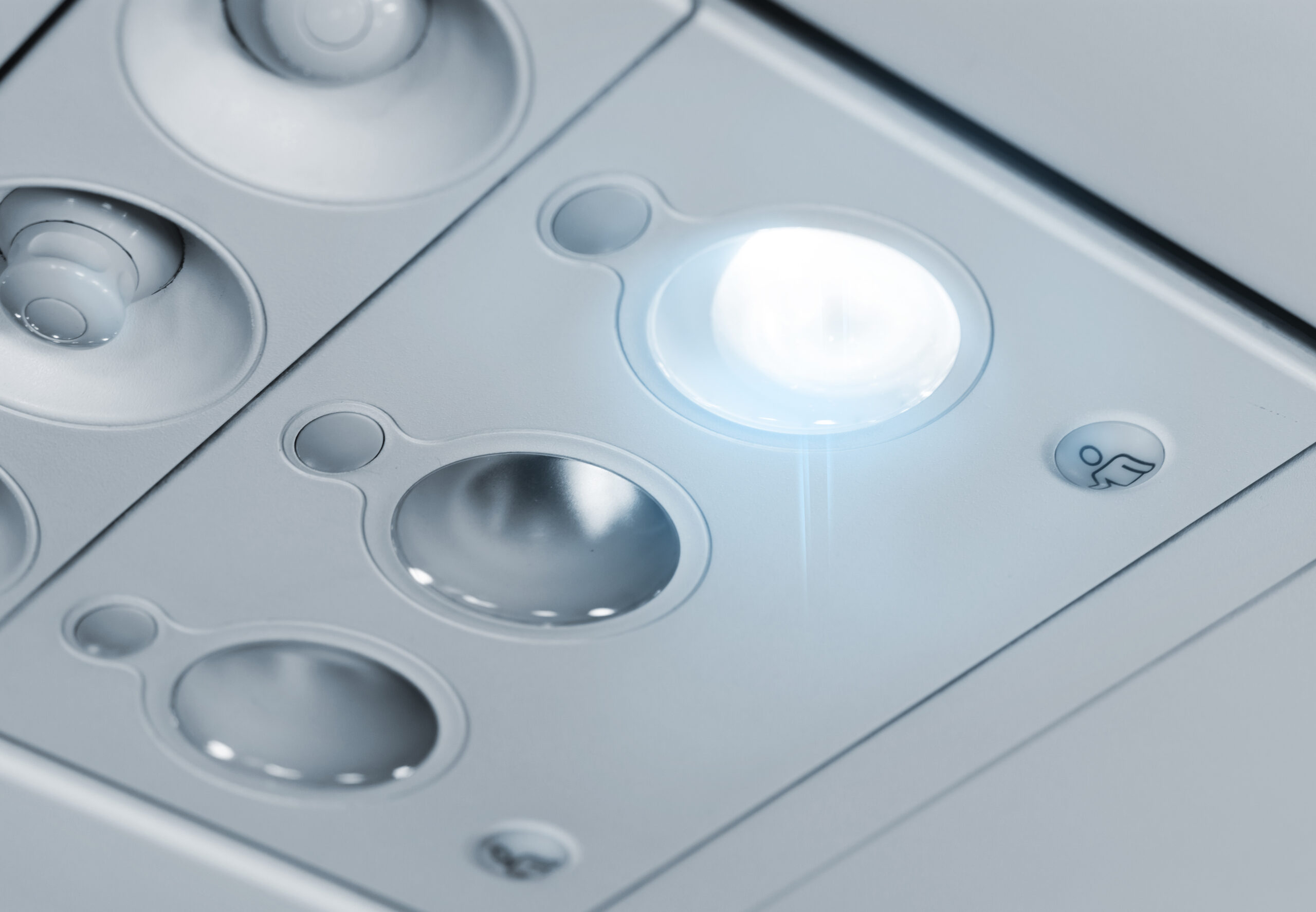
The recession and the pandemic have tightened budgets and thinned out engineering and shopfloor staffs. Aircraft interior lighting system designers and integrators need to accomplish multiple tasks with fewer resources. Increasingly, the solution is to design in-house, subcontract the board-level assembly, then integrate the boards into the final product.
Subcontracting board-level assembly is an effective approach for a number of reasons. It reduces the in-house workload, freeing staff to focus on work that provides a competitive advantage. It also increases reliability – for contract manufacturers, board assemblies are all they do. Depending on the board, assembly may require test equipment and expertise that may not be available at the OEM facility but are well established at the contract manufacturer.
Challenges
Not all contract manufacturers are equal. A company may have impressive credentials for general board assembly but a limited understanding of optoelectronic components. They may lack the expertise and equipment necessary to ensure proper operation and lifetime. It’s not enough, for example, to simply confirm that a board lights up. At American Bright, our decades of optoelectronics specialization gives us the equipment and expertise to test the spectral output of individual LEDs and capture other key performance metrics not available to the OEM or the average contract manufacturer. The optoelectronic skill set also equips us to handle custom designs and hard-to-manipulate components.
Crucially, the two factories where our expert technicians assemble LED modules are AS9100 certified. AS9100 certification is a quality management standard required by airlines and aircraft manufacturers (see sidebar).3 Suppliers with AS9100 certification have the equipment and procedures in place to meet the higher standards required by the aviation industry. Those further speed assembly and validation for the OEM. Because of our certification, assembled boards from American Bright arrive already tested and with full documentation, enabling them to go dock to stock.
Whether the focus is on building in house, sub-contracting LED modules or retrofitting aircraft lighting, aviation industry customers often require high volumes of parts over extended contract durations. It’s essential to ensure that a board-level assembly vendor can meet the numbers, month after month. The combination of expert staff, AS9100-certified procedures, and a reliable supply chain equips American Bright to keep customers supplied with the components they need to keep their production lines humming along.
Conclusion
Aircraft lighting provides carriers with key opportunities for differentiation in a highly competitive market, and LEDs play a critical role. They reduce operating expenditures on a number of levels. Through the use of software-controlled mood lighting, they enable airlines to create a sophisticated passenger experience and upgrade the appearance of even preowned equipment without an expensive overhaul. With the aid of AS9100-certified manufacturers, aircraft lighting OEMs can provide these systems easily and effectively. The result is a captivating passenger experience that delights travelers, creating brand loyalty and boosting airline market share.
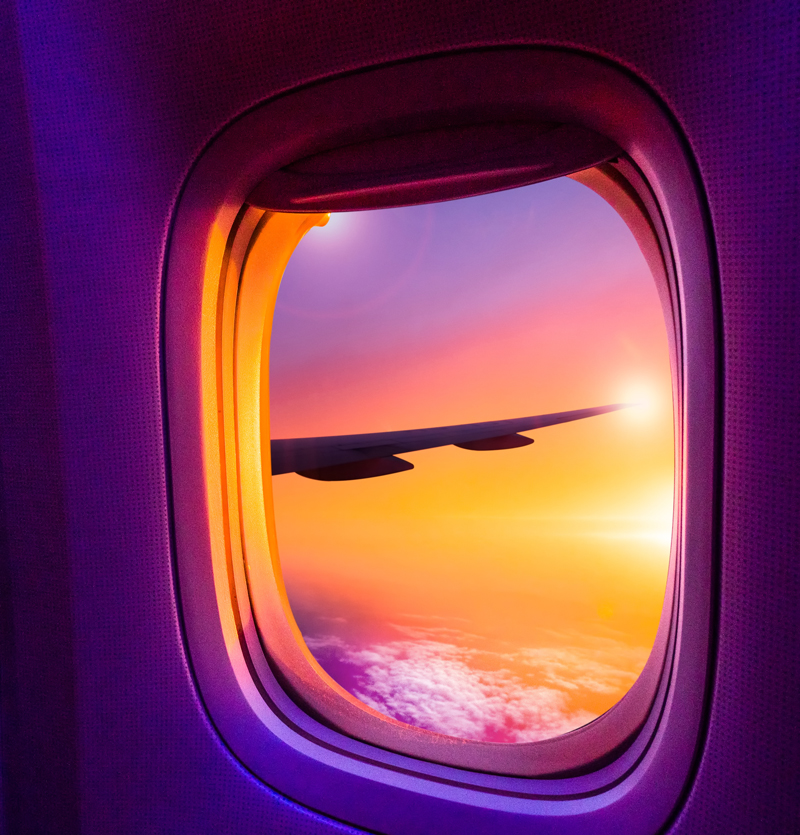
What Is AS9100?
AS9100 is a standard that establishes requirements for quality management systems in the aviation, space, and defense industries.3 It uses ISO-9001 as a foundation, enhancing the framework with additional quality and safety measures tailored to the needs of aerospace applications. As with ISO-9001, AS9100 certification is awarded to a facility, not a company, and requires an independent audit by an outside organization. AS9100 certification assures aerospace manufacturers and airlines that these products will meet regulatory requirements.
With over 1 million boards flying today, American Bright has a strong track record as a manufacturer for LED board assembly. Find out what our expert staff at our AS9100-certified facility can do for you.
Visit Aerospace – American Bright LED or contact us at sales@americanbrightled.com
References
- Global Aircraft Lighting Market Size, Share & COBIT 19 Impact Analysis, by Aircraft Type, by Lighting Type, by Point-of-Sale, and Regional Forecast 2022-2029, Fortune Business Insights [Https://www.fortunebusinessinsights.com/aircraft-lighting-market-104658]
- Airline Maintenance Cost Executive Commentary FY2020 Data, IATA. The IATA consists of nearly 300 member airlines that together carry approximately 83% of the world air traffic. [https://www.iata.org/contentassets/bf8ca67c8bcd4358b3d004b0d6d0916f/fy2020-mctg-report_public.pdf]
- Quality Management Systems – Requirements for Aviation, Space, and Defense Organizations AS9100D, SAE International and the European Association of Aerospace industries.




